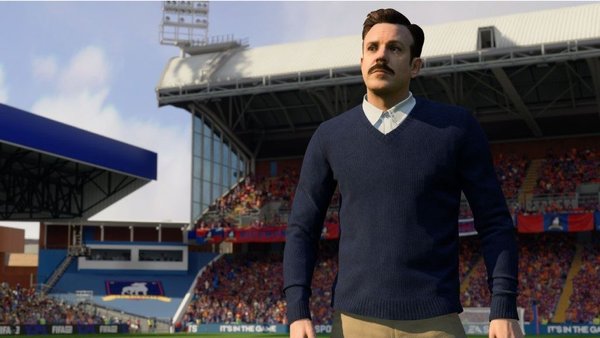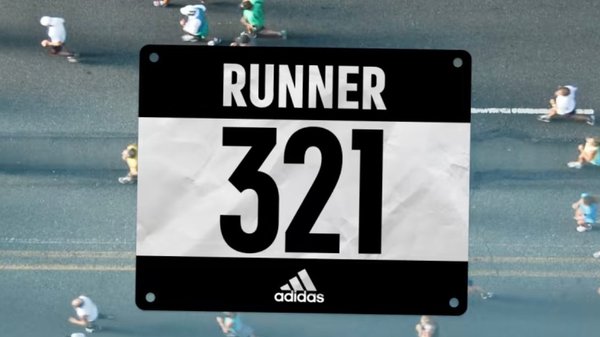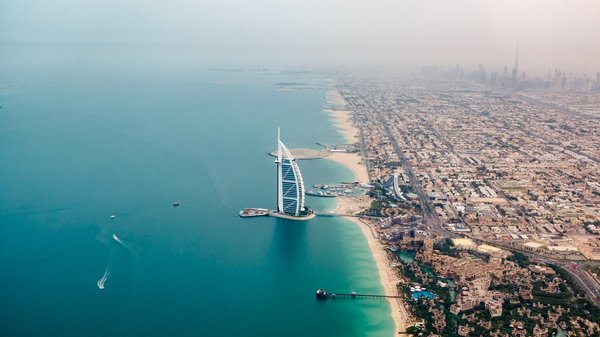Andy Nairn explains the luck behind the Lions /
The idea of good fortune should not be a taboo in advertising. Here's how winners from this year's Cannes Lions festival used kismet to their advantage
Andy Nairn
/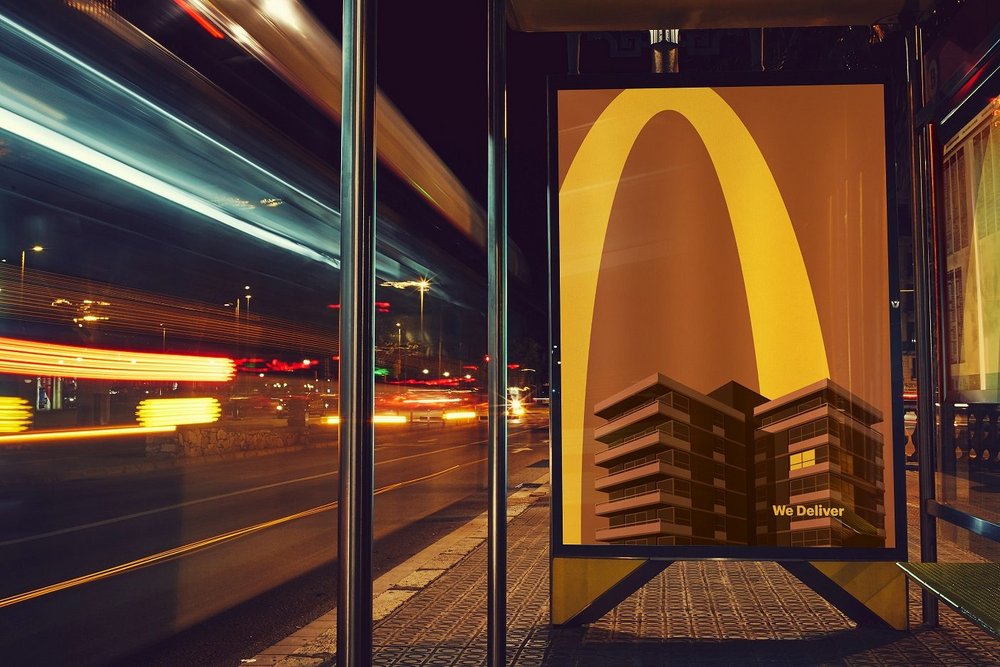
Luck is a four-letter word in Western business circles. Nobody talks about it, let alone admits to it. It suggests the absence of hard work, creative inspiration or sheer talent. The opposite of what our industry’s supposed to be about. And as for applying the word to others, well that would be a pretty vicious insult, wouldn’t it?
So, it’s with some trepidation that I look at this year’s Cannes Lions winners through the lens of luck. However, as I explain in my book Go Luck Yourself, all creative endeavours need a little bit of good fortune along the way. So when I say that this year’s winners were lucky, I don’t mean to offend all the people who have worked so hard to make great ideas happen in the face of incredible obstacles. In fact, quite the opposite, I mean to celebrate the way they’ve seized opportunities and perhaps carved out some new ones of their own.
More importantly, I want to highlight four ways in which we can all learn from these lucky winners and stack the odds in a given brand’s favour.
Appreciate what you’ve got /
The simplest way to boost our fortunes is to appreciate the advantages we already have. All too often, we forget about the gifts that are sitting right under our noses: a brand’s heritage, provenance, people and so on. Smart organisations start looking for luck close to home and make sure they don’t overlook these assets, just because they’re familiar or obvious. In fact, that’s precisely what makes them so powerful.
McDonald’s Lights On by Leo Burnett London, which won Golds in Outdoor, is a good example of this. It uses the restaurant’s famous golden arches logo (or at least half of it) to illuminate rooms in otherwise dark apartment blocks. There’s no mention of the company’s name or the McDelivery sub-brand, just the words ‘We deliver’. A less confident organisation might have baulked at the simplicity of this approach but the restaurant giant obviously appreciates how lucky it is to have such a powerful piece of iconography. While few of us are blessed to the same degree, we should all have another look at our own visual identity and see if there’s something powerful we could make more of.
Beco’s campaign (by TBWA\London) is another case in point. The soap brand is a social enterprise and 80% of its workers are disabled. Sadly, most organisations are not so enlightened and the unemployment rate for disabled people is more than double that of able-bodied folk. Beco set out to challenge this with an audacious strategy where they actively encouraged other companies to steal their staff. What I particularly loved about their approach (which won the Health & Wellness Grand Prix) was that they used their own packaging to get the message across, with CVs and headshots of employees displayed on their labels. Too often, we forget about our own media, but if you’re lucky enough to have a physical pack, a shop window or some digital real estate you should think of it as an advertising medium in its own right.

Or what about another big winner, the Central Office of Public Interest’s campaign to #AddressPollution (by AMV BBDO), which won the Grand Prix for Good? As the hashtag suggests, this was an initiative to tackle London’s poor air quality. Previous appeals had framed this issue as one of public health, to little effect. The strategic breakthrough was to emphasise the damage air pollution causes to property prices instead. This shift was brilliant in itself but the real genius was to use postcode-specific data (for both air quality and house prices) to literally bring the message home. Many organisations gather huge amounts of data but don’t use it creatively – what wealth of information are you lucky enough to be sitting on?

Look out for opportunities everywhere /
Sometimes the answer lies further afield though. Maybe in a completely different sector or walk of life. Serendipity is a particular type of luck that involves stumbling over an idea, when you’re least expecting it. But ‘happy accidents’ don’t have to happen by accident. You can increase your chances of serendipitous success by viewing your problem from a seemingly unrelated perspective, such as science, sport, religion, nature or politics. The resultant collision of ideas might then throw up a completely unexpected solution.
For instance, in this year’s Cannes crop, several winners used music to tackle a bigger social issue. The NDR Elbphilharmonie Orchestra and Jung von Matt in Hamburg (Gold in Creative Data) raised awareness of climate change by using meteorological data to turn Vivaldi’s ‘Four Seasons’ into a dystopian piece. Meanwhile, Warner Music and Rothco in Dublin helped kids with speech impediments by creating special playlists, focused on particular sounds (Grand Prix in Creative Data). Likewise, the charity Claire’s Place Foundation partnered with sound company Woojer (and Area 23 in New York) to create sound-powered vests that could clear the airways of cystic fibrosis patients (Grands Prix in Pharma and Radio & Audio). How would a musician or other artist tackle your problem?
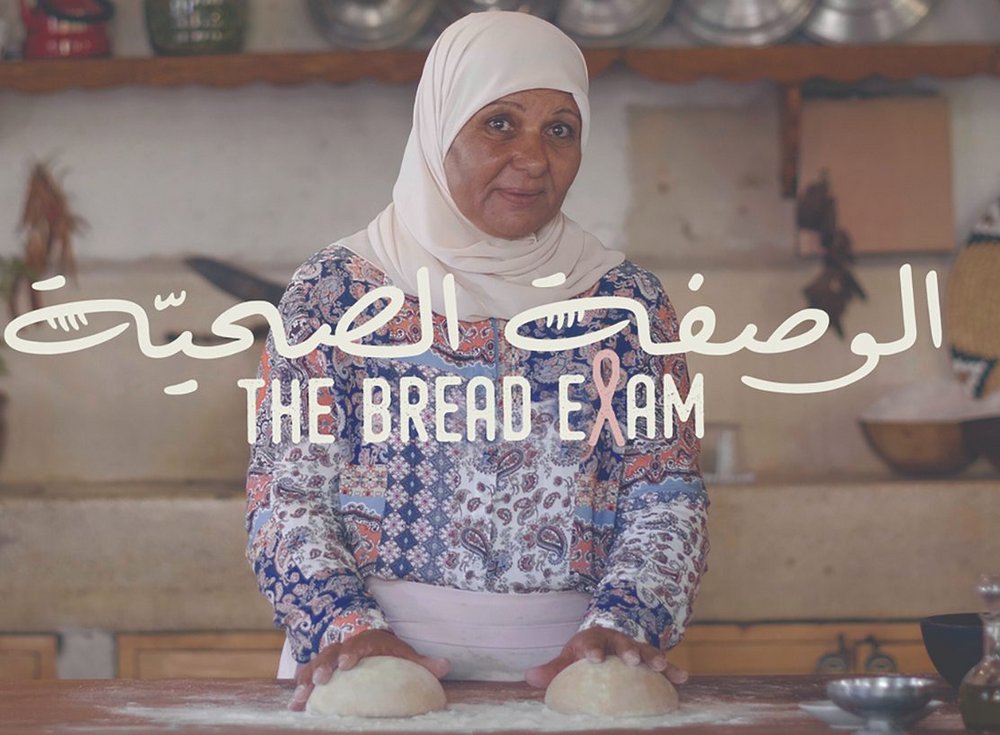
Tinder, on the other hand, drew its inspiration from the world of film and TV. Faced with research suggesting that swiping had become a bit mainstream and that the brand needed a refresh, the dating app, with 72andSunny in LA, launched #SwipeNight (Entertainment Grand Prix). This was a six-part choose-your-own-adventure show, based on that classic disaster movie premise that the world was about to be destroyed by a meteor. Users could make decisions on behalf of the show’s protagonists and these choices would also help them find like-minded partners. Marketers talk about storytelling a lot these days, but brand narratives rarely have this kind of jeopardy and reward built in. How would Hollywood or Netflix treat your challenge?
An even more unlikely collision of ideas came from a partnership between the Lebanese Breast Cancer Foundation and supermarket Spinneys (PR Grand Prix). The charity’s challenge was that women in the region felt uncomfortable checking their breasts – and the agency (McCann Paris) found inspiration in the world of baking. Instead of creating a conventional health education video, the team partnered with Spinneys and smuggled the crucial information into a dough-kneading tutorial, led by a well-known chef. It’s yet another reminder that we should cast our nets wide for insight and stimulation. How could a seemingly unrelated hobby or cultural passion point inform your brand strategy?
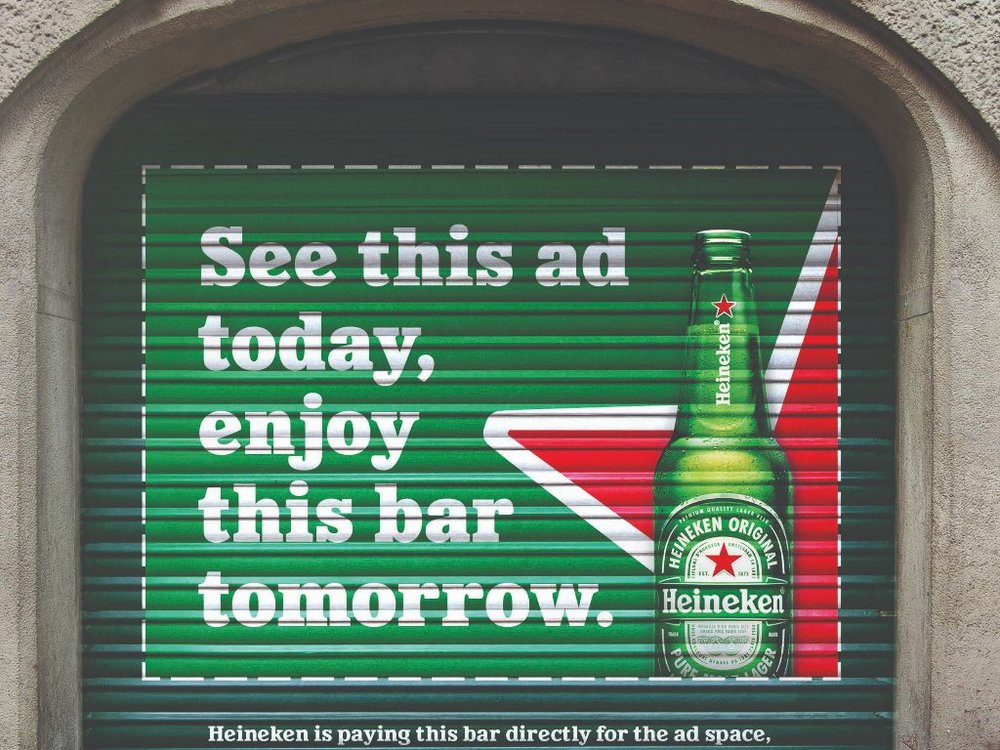
Turn misfortune into good fortune /
A third way to improve your luck is to leverage an apparent disadvantage, outrage, setback or flaw. Of course, we’ve all experienced multiple misfortunes over the past 18 months, so the awards were dominated by entries related to the likes of Covid-19, #BlackLivesMatter, #MeToo, trans rights and the climate emergency.
Most obviously, the pandemic cast an enormous shadow. There were lots of campaigns related to the crisis, but some of them felt rather self-serving: as if the objective was simply to win gongs. I thought one exception was Heineken and Publicis Italy’s campaign to support bar owners around the globe (Outdoor Grand Prix). This was a neat idea whereby the shutters of closed venues were turned into an advertising medium, for which the brewer paid the landlords directly. No doubt there were more ‘creative’ ideas out there but you can be sure that the bar owners preferred the cold hard cash to an inspirational press ad or a clever logo redesign. And that’s the lesson for all of us, when faced with a crisis: how can we genuinely help others, rather than seek to profit from human misery?
A similar challenge applied to the various anti-racism efforts among the entries. While there were lots of powerful statements of allyship, some lacked a tangible end-result (or came from organisations with patchy records on this subject). An honourable exception here was the City of Chicago’s Boards of Change campaign by FCB Chicago (Media Grand Prix). Here, plywood boards that had been used to protect shop windows from looters were turned into voter registration booths. The resultant coverage helped Chicago achieve a record number of Black registrations and votes. How could you turn a negative stereotype into a positive action?
This kind of judo move doesn’t just apply to social issues either – something awards juries seem to have forgotten in recent years. In fact, there’s a rich tradition of brands turning their own flaws into benefits – from VW (Think small) and Avis (We try harder) to Guinness (Good things come to those who wait) and KFC (FCK). So, I think Cheetos and Goodby Silverstein & Partners, San Francisco, deserve a special mention for their popcorn campaign [see page 16 for more], which turns the messiness of the product into a huge advantage (Creative Strategy Grand Prix). Specifically, the fact your fingers are covered in orange dust means you can’t help with household chores – or as MC Hammer keeps popping up to say: ‘Can’t touch this.’ It’s a beautifully silly idea but raises a serious question for us all: how can we turn a product weakness into a strength?
Practise being lucky /
Finally, there’s the type of luck that comes about from getting out there and making things happen. Whether that’s by chasing down opportunities, running towards problems or pursuing serendipity, some organisations just seem to have built a culture where luck is practised daily.
Microsoft (which won the Marketer of the Year title at Cannes) is one such company. Ever since Bill Gates pioneered the concept of a ‘Think Week’, the organisation has experimented with different forms of retreats and flexible working models, often using the great outdoors. The idea is that, by changing the scenery and absorbing new stimuli, novel solutions are more likely to emerge. The company’s success is a telling response to the conventional advice that ‘The harder you work, the luckier you get.’ While this may be true up to a point, you should also ask yourself how you can help your people’s brains wander and recharge.
Walking the tight rope /
I hope this meander along the figurative Croisette has given you a few ideas about your own brand, even if you don’t agree with all my choices.
As Hunter S Thompson once observed: ‘Luck is a very thin wire between survival and disaster, and not many people can keep their balance on it.’ That was truer than ever this year. Congratulations to all those acrobats who entertained, shocked and moved us in 2021. We’re lucky to have them.
Want more of the same? /
We don’t just write about best-in-class campaigns, interviews and trends. Our Members also receive access to briefings, online training, webinars, live events and much more.

